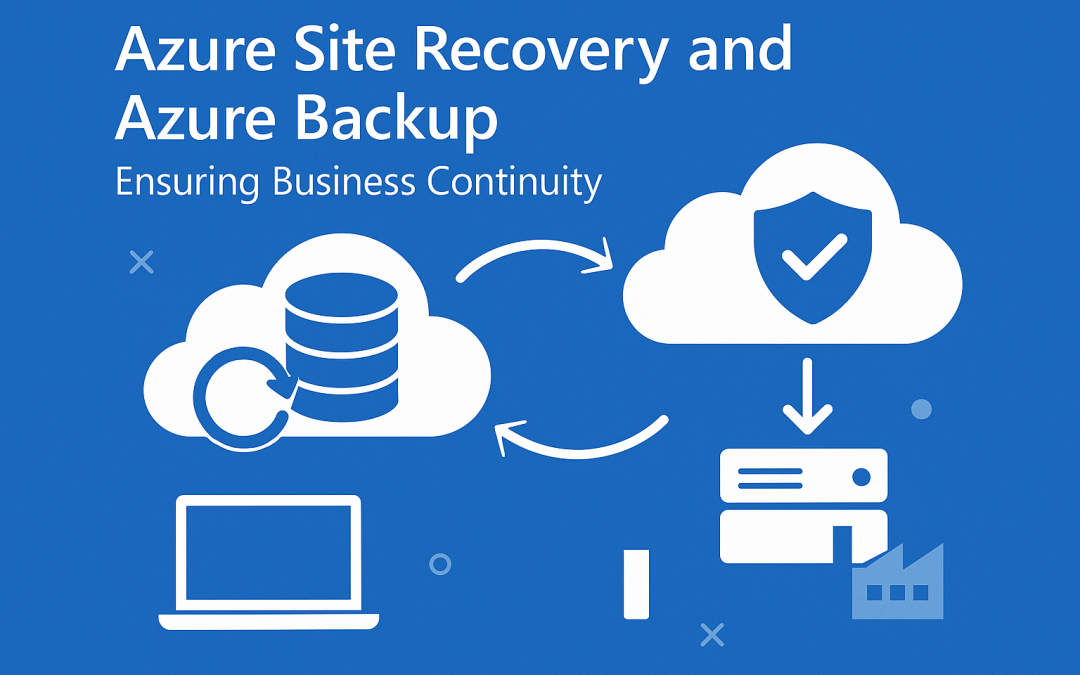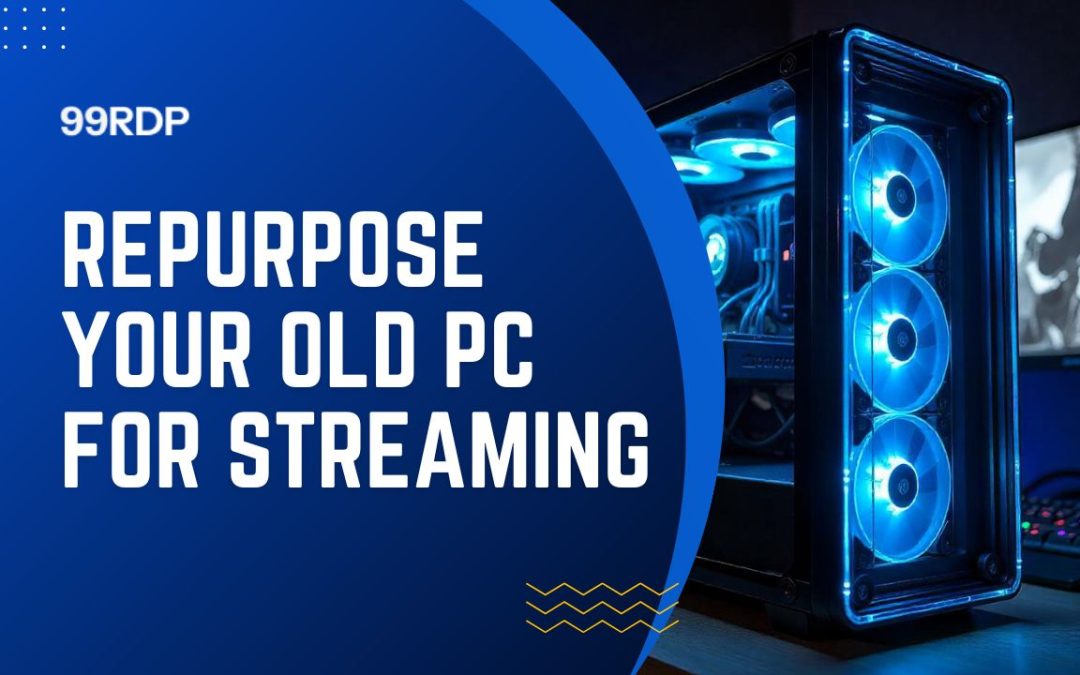Windows vs. Linux for Your Homelab: A Data-Driven Guide

Your homelab is more than a playground for tech experiments—it’s a personal innovation hub where you can test, learn, and deploy real-world solutions. But before you build one, you face a crucial question: Should you choose Windows or Linux as your foundation?
This decision impacts performance, security, scalability, and maintenance costs. And with remote access becoming increasingly essential, integrating the right RDP (Remote Desktop Protocol) solution—like those offered by 99RDP– can make or break your workflow.
In this article, we’ll break down Windows vs. Linux for homelabs using hard data, practical pros and cons, and expert insights. We’ll also show you how 99RDP’s secure, affordable remote access services fit into your strategy—no matter which OS you choose.
Choose Between Windows and Linux for Your Homelab

1. The OS Market Landscape: Data Speaks
Choosing between Windows and Linux is not just about preference—it’s about aligning with market realities and technical needs.
- Server dominance: Over 77% of web servers run on Linux/Unix, while only about 22% use Windows Server. This reflects Linux’s unmatched stability and cost-effectiveness in backend operations.
- Desktop reality: As of May 2025, Windows holds ~71.7% desktop market share, macOS ~15.7%, and Linux just ~4.2%. Despite this, Linux continues to rise in adoption, especially among developers and homelabbers.
- Growth potential: The Linux OS market—valued at $3.89 billion in 2019—is expected to reach $15.64 billion by 2027, with a CAGR of nearly 14%.
Active takeaway: Linux may not dominate the desktop space, but in homelabs and server environments, it’s the reigning champion.
2. Security: Why It’s a Dealbreaker
When your homelab stores sensitive data or experiments with network services, security isn’t optional.
- Linux: Open-source transparency allows the community to identify and patch vulnerabilities faster. Malware targeting Linux exists, but its smaller desktop share and stronger permission model reduce risks.
- Windows: More widely targeted by ransomware and malware due to its popularity. That said, Microsoft invests heavily in security tools like Windows Defender, group policies, and enterprise-grade encryption.
Active insight: Linux inherently reduces attack vectors, while Windows relies more on reactive defenses.
3. Resource Usage & Performance
Performance optimization matters when you’re running multiple VMs, Docker containers, or CI/CD pipelines in a homelab.
- Linux: Runs without unnecessary bloat. Lightweight distributions like Debian, Ubuntu Server, or Arch Linux can run smoothly on older hardware, making them ideal for virtualization-heavy setups.
- Windows: More resource-intensive, especially with GUI processes always active. While Windows Server Core can reduce overhead, it still consumes more resources than a bare-bones Linux setup.
Data point: Linux typically uses 30–50% less RAM than Windows for equivalent workloads, giving you more room to run extra services.
4. Virtualization & Homelab Flexibility
Your OS choice directly affects virtualization performance and tool compatibility.
- Linux advantage: Integrates seamlessly with hypervisors like Proxmox, KVM, and Xen, which often outperform Windows alternatives in hosting multiple virtual environments.
- Windows advantage: Better support for Hyper-V, easier integration with Microsoft’s enterprise products, and smoother experience for running Windows-only workloads.
Active point: Linux offers unmatched flexibility for containerized workloads, while Windows shines for Microsoft-centric infrastructures.
5. Ease of Use & Learning Curve
For beginners, the learning curve is often a deciding factor.
- Windows: GUI-driven setup makes it beginner-friendly. Ideal for those who don’t want to dive deep into the command line right away.
- Linux: Requires more hands-on configuration, especially for networking and security hardening. However, the learning payoff is massive, especially for sysadmins and DevOps aspirants.
Active advice: If you want fast setup, pick Windows. If you want long-term technical growth, pick Linux.
6. Cost Considerations
When building a homelab, cost efficiency can determine scalability.
- Linux: Free and open-source. No licensing fees. Community-driven support reduces the need for costly support contracts (unless enterprise-level SLA is required).
- Windows: Requires licensing (unless using evaluation versions or educational licenses). Microsoft Server licenses can be expensive for large deployments.
Bottom line: Linux wins in cost-effectiveness, especially for large-scale or budget-conscious homelabs.
7. Cross-Platform Remote Access with 99RDP
No matter which OS you choose, remote access is critical—especially if you want to manage your homelab from anywhere.
This is where 99RDP bridges the gap.
Why 99RDP Is a Game-Changer for Homelabs
- Multi-OS support: Whether you run Windows Server 2022 or Ubuntu 24.04, 99RDP’s infrastructure provides seamless connectivity.
- Secure access: End-to-end encryption ensures safe remote connections without compromising data integrity.
- Affordability: Their Cheap RDP plans offer reliable performance at prices that won’t drain your budget.
- Scalable resources: Easily upgrade CPU, RAM, and storage as your homelab grows—without downtime.
- 24/7 availability: Maintain full control and monitoring even when away from your physical setup.
Active example: You can run a Linux-based Proxmox server at home, deploy Windows VMs inside it, and use 99RDP to connect to them securely from anywhere in the world.
8. Which Should You Choose?
Windows and Linux for Your Homelab
Here’s a quick decision framework:
| Factor | Linux Wins If… | Windows Wins If… |
|---|---|---|
| Security | You prioritize minimal attack surface & fast patching | You rely on Microsoft security integrations |
| Performance | You want lean resource usage | You need GUI-based management |
| Virtualization | You plan container-heavy workloads | You run Microsoft-specific workloads |
| Cost | You want free, open-source software | You have budget for licenses |
| Learning | You want deep technical skills | You want quick setup & familiar environment |
Conclusion
Both Windows and Linux can be excellent choices for a homelab—if matched to your specific needs.
- Pick Linux if you want performance, cost savings, security, and flexibility.
- Pick Windows if you want ease of use, Microsoft ecosystem compatibility, and GUI-driven workflows.
Regardless of your OS choice, remote accessibility is non-negotiable in 2025. That’s why 99RDP is the perfect complement—offering secure, affordable, and scalable remote access for any homelab setup.
Final Call to Action:
Choose your OS, design your homelab, and supercharge it with 99RDP’s reliable remote desktop solutions. The combination of the right OS and the right access tools will turn your homelab from a hobby into a true powerhouse.
EXPLORE MORE; How to Overclock Your GPU on Linux for Better Performance
READ OUR BLOGS




